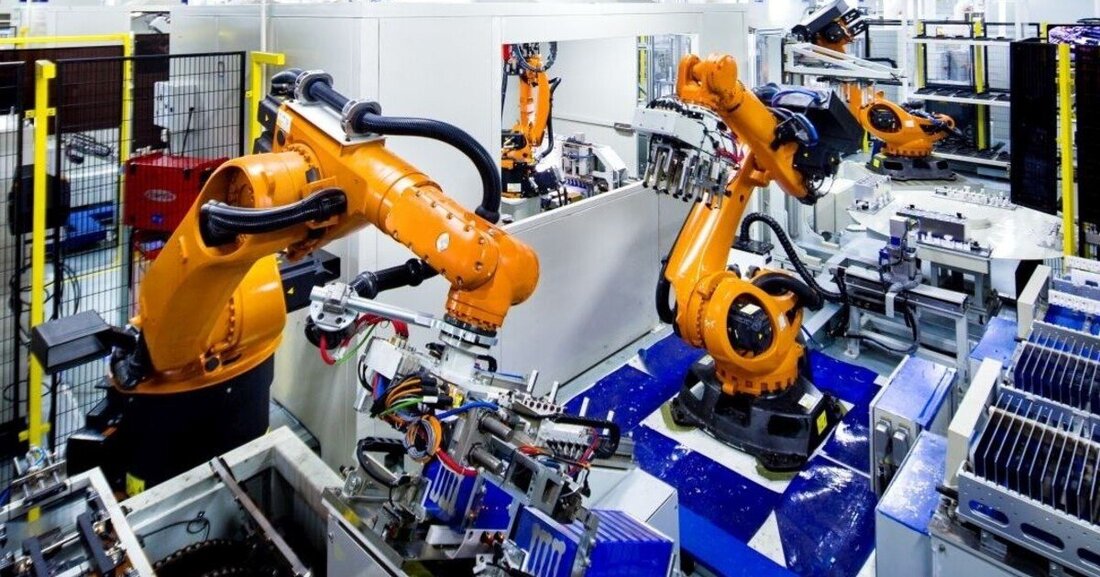Stellantis and CATL build battery factory
Stellantis and CATL are investing up to 4.1 billion euros in a joint venture to build a battery factory.

Stellantis and CATL build battery factory
The joint venture is to build a large European lithium iron phosphate (LFP) battery plant in Zaragoza, Spain. The completely climate-neutral battery plant will be implemented in several phases and investment plans. The system is scheduled to go into operation at the Stellantis Zaragoza site in Spain by the end of 2026. It will reach a capacity of up to 50 GWh, subject to the development of the electric vehicle market in Europe and the continued support of the authorities in Spain and the European Union. The 50:50 joint venture between CATL and Stellantis is intended to strengthen Stellantis' LFP offering in Europe and enable the automaker to offer higher quality, longer lasting and more affordable battery-electric cars, crossovers and SUVs in the mid-range B and C segment.
“Stellantis is committed to a decarbonized future and leveraging all available advanced battery technologies to offer our customers competitive electric vehicle products,” said John Elkann, Chairman of Stellantis. “This important joint venture with our partner CATL brings innovative battery production to a production site that is already a leader in clean and renewable energy, contributing to our 360-degree approach to sustainability.” Robin Zeng, Chairman and CEO of CATL, said: “I am confident that our state-of-the-art battery technology and outstanding operational expertise, combined with Stellantis’ decades of experience in running operations locally in Zaragoza, will create a great success story in the industry.” CATL brings state-of-the-art battery manufacturing technology to Europe with its two factories already in operation in Germany and Hungary. Stellantis uses a dual chemistry approach - lithium-ion nickel manganese cobalt (NMC) and lithium iron phosphate (LFP) - to serve all customers and explore innovative battery cell and pack technologies.

 Suche
Suche
 Mein Konto
Mein Konto